Understanding Social Architecture
What does social architecture mean in practice
Social architecture is the deliberate design of a space that influences people to behave in a certain way so that some predetermined objectives can be achieved. This is mainly carried out by social architects whose main work is to alter the behavior of human beings through intricately designed programs that require the participation of the target human beings. The programs are mainly meant to build online communities, which are a key symbol of the digital society. Social architects, therefore, take part in community life, point out natural patterns with the community, craft new patterns, and apply these to building spaces. For students seeking guidance in this area, obtaining architecture dissertation help can provide valuable insights into the intricate dynamics of social architecture.

Can you see potential/problems/challenges for architectural practice to be social
There is quite some potential in turning normal architectural practice to the social angle. Communities keep on growing bigger and bigger by the day. People need space in which to grow and thrive in all areas of life. When offered the opportunity, individuals willingly contribute to the common good of all of them.

What challenges do pattern book design pose for architectural practice
Patterns book designs are still at an infant stage in development. Design patterns provide a scheme for improving the subsystems or components of a software system and the relationship between them. In other words, they are a commonly recurring structure of communicating parts that find solution to a general design problem within a particular context. They are only a recent introduction that has not yet been fully integrated into the open group architecture framework. It is however envisioned to greatly help in the production of future versions of TOGAF.
What role does mass production play in the building industry with regard to different modes of sustainability
Mass production contributes to sustainability in a number of ways. First, it is highly automated. This greatly reduces the cost of production. Production also proceeds at a high rate, which has the effect of saving on energy. The result is a reduction in expenditure per unit of production, which is one of the goals of sustainability.
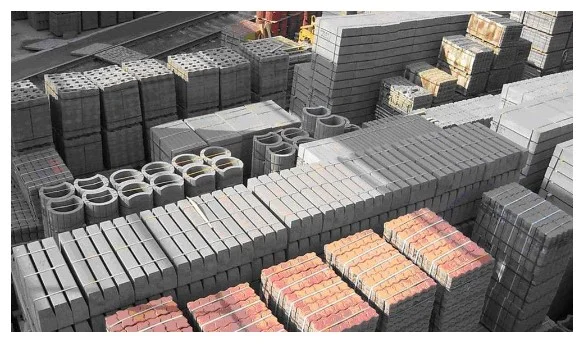
The work-home model impacts both social as wells as ecological sustainability
How does the idea of a home need to evolve to meet the current challenge
Remote working is the key to a sustainable future. The time taken to commute to and from the office is quite a lot. In this regard, a lot of fuel is burnt while ferrying millions of workers to the offices. This is harmful to the environment due to the greenhouse effect. The work-home model comes as a savior to the environment. Pollution and energy use reduces. This forces architects to rethink the idea of home. Initially, the home was a place to relax after work. People would spend the better part of their time at work and retire to their homes in the evening. The modern architect has now to design home bearing in mind that the whole family might spend the whole day indoors. There is, therefore, a need to shift from the basic arrangement of the living room and bedrooms to a more sophisticated design that includes a comfortable working environment for the home worker.
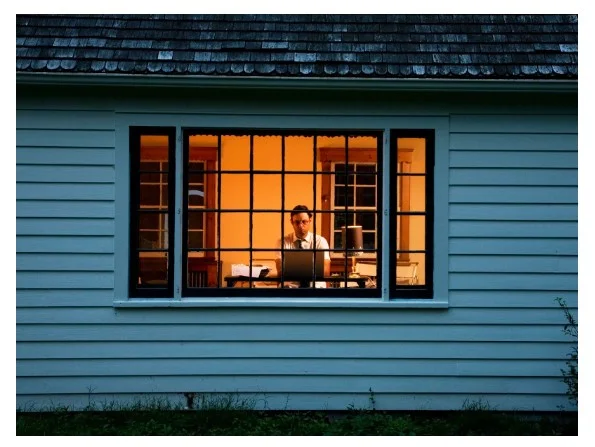
The modes in which design is conceived relates directly to its social value. What can social value mean in the contemporary city
Social value can ideally add much value to a project than it would have been thought. The user of the complete structure is the chief benefit of the social value of design. It is therefore upon the architect to design a structure or city with clear social objectives. For instance, one thing architects should consider is the significance of the historic environment to contemporary communities. Every contemporary city has a past. As the years went by, the residents of the city emotionally and socially got attached to certain features in the city. Whenever they see them, they have a deep sense of belonging. However, development must take place. The architect is tasked with implementing change in the city while preserving the rich heritage. The social value of such a project should be well defined from the outset. If well implemented, dwellers of the contemporary city will remain attached to the city and not see development as a sure way of destroying heritage.
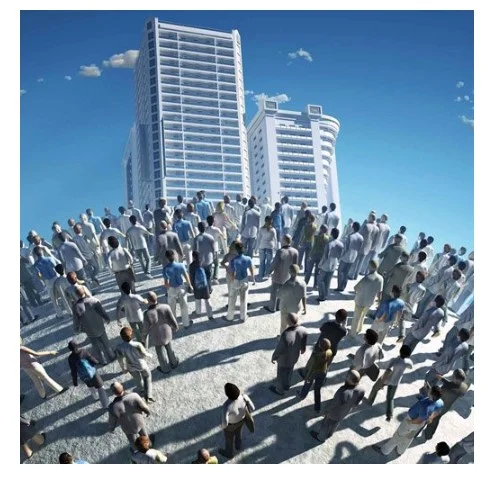
Should our cities be adapted to accommodate more nature
Our cities should definitely be adapted to accommodate more nature. Nature basically improves the liveability of cities. Initially, people used to live in the fullness of nature. People could bask in the sun, enjoy the open fields, navigate the rivers, enjoy the cool shade of trees, right in front of their homes. However, rapid and unplanned urbanization led to a great disregard for nature, with trees being cut off and landscapes being destroyed to pave way for buildings and roads. When cities are designed for nature, the residents will experience better health and well being. Pollution will be likewise kept in check.
How can architects design for biodiversity in their proposal
To design for biodiversity, architects need to see the aspects of flora and fauna that need to be preserved and those that need to be maximized. This way, nature is built into the urban fabric by linking urban planning and design to the basic needs and survival of native plants and animals.
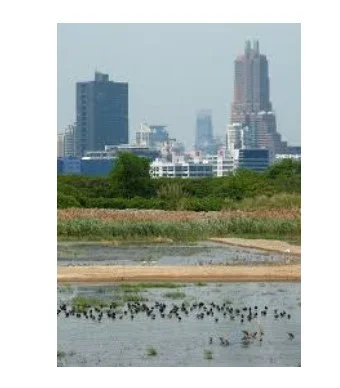
I have selected the Week 5 topic for adaptation into a longer piece. Bio-diversity in cities is a very current issue that is being discussed and considered by architects and other stakeholders in city planning. Most cities in the world are already designed in a manner that does not favor the survival of native plants and animals. Restoring such cities to be bio-diversity sensitive is the hot topic right now. The benefits of incorporating mother nature into the design of the city are quite a lot. To develop this into a long piece, I can do research titled: “Exploring the varied dimensions of Biodiversity sensitive urban design.” It is not a straightforward venture. It has its equal share of benefits and challenges. There is a lot of bureaucracy and opposition as well that determine whether the plans to bring more nature into the city succeed. There are also numerous methods of bringing nature into the cities. These aspects are not yet clearly understood by architects and city planners. The study will use the case study as the main tool of research. A notable city that has managed to build nature into the urban fabric will be selected and an exploratory investigation carried out.

Research question
Some of the research questions that will guide the research include:
What benefits do residents of a given city realize when more of nature is built into the city fabric
What are the economic challenges of biodiversification of communities
What are the political implications of adopting a biodiversity sensitive urban design
Why do many cities find it difficult to adopt a biodiversity sensitive urban design
What techniques are used in implementing biodiversity sensitive urban design
The primary line of inquiry
In exploring the implementation of biodiversity sensitive urban design and its benefits, the primary line of inquiry will be what influenced the decision to adopt a biodiversity sensitive urban design; after the adoption of the idea, what challenges were faced by the implementation team; what methods were used to ensure plants and animals survive within the city; and how is life different to the residents after the city brings in more of nature;
Key points to include, discuss and build the case
To build the research, the five simple principles of urban design built on ecological theory must first be considered. These are: i) Protect and create habitat, ii) Help species disperse, iii) minimize anthropogenic threats, iv) promote ecological processes, and v) encourage positive human interactions.
The first point stresses the importance of preserving from damage those places where flora and fauna already thrive, as well as creating more places where they can thrive. Plants and animals cannot find comfort on paved streets. They need an area with enough vegetative cover that mimics their natural habitat in the wild. This should be replicated as much as possible in the urban centers.
Secondly, there must be systems in place for the plants and animals to move from one area to another so that there is perpetuation in their reproduction system. Staying confined in one place without mingling with others may soon lead to natural death as their genetic line is weakened by inbreeding.
Third, biodiversity sensitive urban design ensures that man does not pose a threat to the plants and animals by his usual activities. Fourth, the only way for an ecosystem to perpetuate itself is by encouraging ecological processes to take place. This happens naturally in the wild but human beings break the circle through building houses, and roads, cutting down trees, and interfering with waterways. Last is the need for positive human interactions. This comes as a benefit but still, people have to be influenced into it since the damage to human interactions has already been done.
Sources that shed light on this theme
The following three books will be of great help in understanding the dimension of biodiversity sensitive urban design.
Grant, G., 2012. Ecosystem Services Come To Town. Chichester: Wiley.
2010. Cities And Biodiversity Case Study Series. Toronto, Ont.: ICLEI-Local Governments for Sustainability.
Abdelnour-Nocera, J., Strano, M., Ess, C., Van der Velden, M. and Hrachovec, H., n.d. Culture, Technology, Communication. Common World, Different Futures.
Will they complement or provide a counterpoint?
The three books ideally complement the idea that biodiversity sensitive urban design is very beneficial to both mankind and the ecosystem. The benefits of biodiversity within the cities is a somewhat undisputable subject. It is very hard to find a research or writer that explicitly goes against the benefits of biodiversity. Many writers have dwelt on the positive side of the biodiversity of urban areas.
Examples that spring to mind during preliminary research
Images to support key points and show the reader the aspects of your examples that are vital to your argument
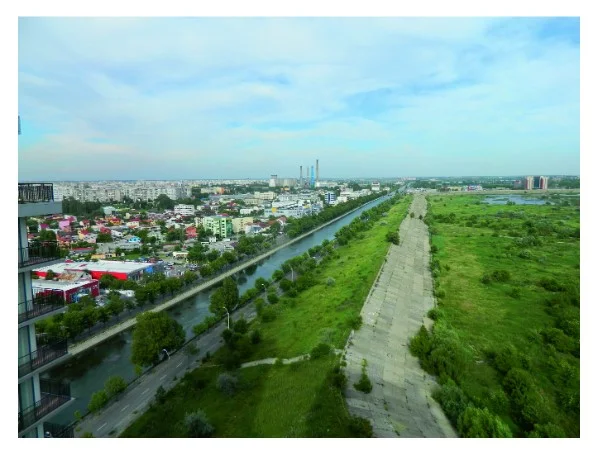
Continue your exploration of Understanding Domestic Violence Among Black Minority with our related content.
- 24/7 Customer Support
- 100% Customer Satisfaction
- No Privacy Violation
- Quick Services
- Subject Experts



